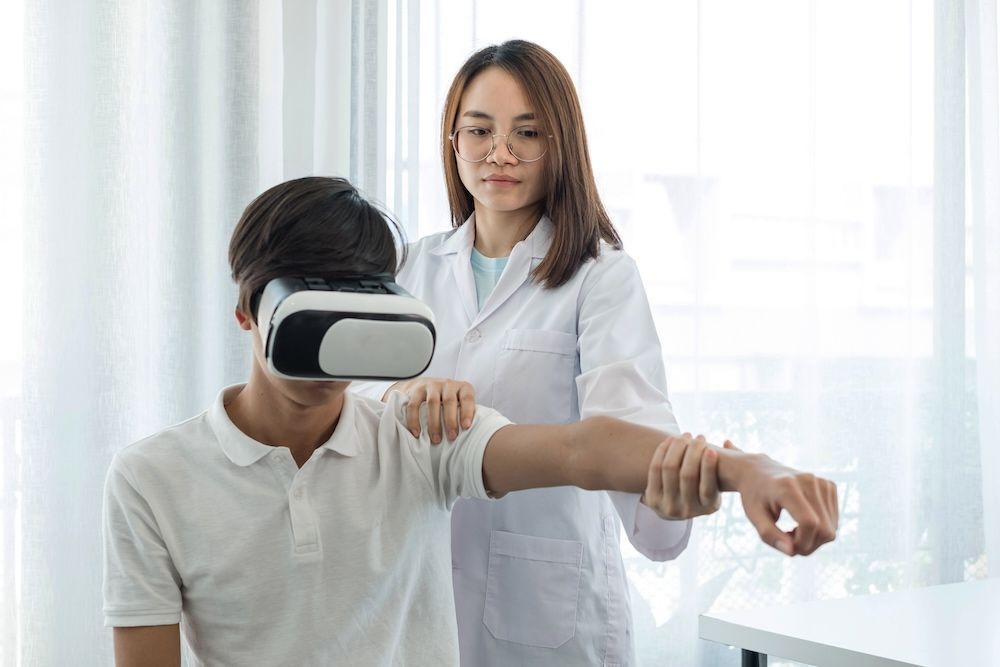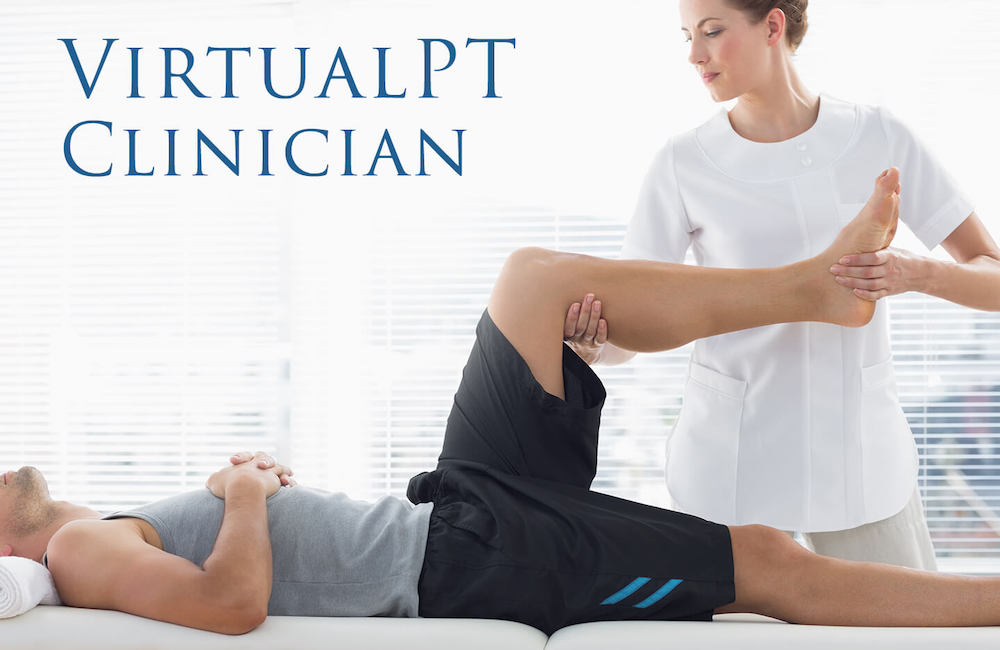The field of healthcare simulation continues to make tremendous strides to revolutionize healthcare education through clinical simulation research being conducted across the globe. Multiple peer-reviewed journals now focus on clinical simulation research. This HealthySimulation.com article by Content Manager Teresa Gore, PhD, DNP, APRN, FNP-BC, CHSE-A, FSSH, FAAN, provides an overview of the latest clinical simulation highlights as of August 2024.
Transforming professional identity in simulation debriefing: A systematic metaethnographic synthesis of the simulation literature: There continues to be a lack of detailed understanding of how debriefing works and how it enables learning. To further our understanding and simultaneously illuminate current knowledge, a metaethnographic qualitative synthesis was undertaken to address the research question: how are interactions in simulation debriefing related to participant learning? Ten databases were searched (up to November 2020) and 17 articles were selected for inclusion.
Initial interpretive synthesis generated 37 new concepts that were further synthesized to produce a new theoretical framework. At the heart of the framework is a concept of reflective work, where participants and faculty recontextualize the simulation experience bidirectionally with clinical reality: a process that facilitates sensemaking. This occurs in a learning milieu where activities such as storytelling, performance evaluation, perspective sharing, agenda setting, and video use are undertaken. The outcome is conceptualization of new future roles, clinical competence, and professional language development—a process of transforming professional identity.
Re-designing health care: transitioning thoracoscopic pleural biopsies from the operating room to the outpatient setting using simulation for training and testing: Pleuroscopy is a safe and sensitive alternative to video-assisted thoracic surgery for the diagnosis and management of malignant pleural effusion. A healthcare re-design project was required to establish pleuroscopy in our hospital system. The Systems Engineering Initiative for Patient Safety model highlights the system elements that may be impacted when considering system redesign such as the environment, people/roles, tools/technology, tasks and organization. The resulting impact to our processes, patient/staff safety and desired outcomes is not always predictable when changing one or several elements. Simulation is a key method to integrate into redesign projects to ensure the preparedness of staff, systems and processes involved, although it isn’t always utilized.
This redesign involved relocating pleuroscopy procedures from the operating room (OR) suites to an outpatient bronchoscopy suite. Short skills-based simulation sessions were included for learning specific skills, followed by team simulation events as a final implementation step to ensure readiness. Based on this approach, restructuring of process, team roles, the environment, equipment and more was evaluated using simulation to test each system element undergoing change. Simulation provided an essential means to evaluate staffing and roles; the development of cognitive/visual aids and checklists; policy changes; initial staffing modifications, standardization; environmental changes; process changes and more. During the first year since implementation, 25 pleuroscopy procedures have been successfully completed without any safety events reported. Systems testing and education using simulation was required to ensure an effective implementation and reinforce the many redesigned elements. Simulation was able to proactively test how this procedure could be achieved safely in the new environment.
View the LEARN CE/CME Platform Webinar A Simulation Design Framework to Promote Professional Identity Formation to learn more!
Simulation to assess safety with a high-frequency transport ventilator: The HFTv was a new respiratory modality for nearly all team members. To address the lack of collective experience with the HFTv, neonatologists experienced with the HFTv and simulation created three simulation scenarios involving the TXP-2D high-frequency transport ventilator with Phasitron circuit each lasting approximately 5 minutes. These scenarios involved (a) initial set-up and transfer of a clinically ill neonate from a high-frequency oscillating ventilator to the HFTv (b) adjusting the HFTv to optimize the neonate’s oxygenation and (c) adjusting the HFTv to optimize the neonate’s ventilation.
A total of 13 sessions were held prior to the deployment of the HFTv into clinical service. Sessions included transport nurses (n = 6), transport respiratory therapists (n = 9), neonatal fellows (n = 5) and neonatology faculty (n = 2) during the 2020–2021 academic year. Several LSTs were consistently identified by the team and addressed through serial debriefing and discussions following the simulations. The advancement in the specialized care of critically ill neonates often requires the adoption of new technology into clinical practice. The use of high-frequency ventilation during transport allows for infants with the most severe cardio-pulmonary pathology to be transferred for surgical, haemodynamic and pre-extracorporeal membrane oxygenation assessment. There is a paucity of publications regarding the human factors and latent safety threats (LSTs) of utilizing a neonatal high-frequency transport ventilator (HFTv). We present our work using simulation to identify and address the human factors and LSTs associated with the introduction of an HFTv to our critical care, neonatal transport team.
Combining stress inoculation with virtual reality simulation training of malignant hyperthermia: Limited research has been conducted on how healthcare simulation can mitigate clinician stress. Stress exposure training (SET) has been shown to decrease stress’s impact on
performance. Combining SET with virtual reality (VR) simulation training has not yet been explored in the context of stress inoculation. The primary purpose of this pilot study was to determine if a VR module could induce stress. The secondary purpose was to determine if repeated exposure to stressors could decrease stress response in a simulated environment.
Medical students were recruited to partake in VR simulation modules aimed at treatment of malignant hyperthermia (MH). Those in the SET group were exposed to stressful stimuli during training modules, while those in the Control group were not. Both groups then completed a Test Module with the presence of stressful stimuli. Objective and subjective indicators of stress were measured after each module.
Both groups indicated increases in perceived stress and module stressfulness after Training Module 1 and decreases after Training Module 2. After the Test Module, the Control group experienced significant elevation in perceived stress (p = .05), and the SET group had a significant decrease in perceived module stressfulness (p < .05). Both groups had a decrease in perceived competence after Training Module 1 (p < .001) and an increase after Training Module 2 (p < .001), with the SET group having significant elevation after the Test Module (p < .01). Both groups found the VR module to be feasible as a teaching tool. Objectively, the SET group showed an upward trend in electrodermal activity (EDA) from the Tutorial to Test Modules (p < .05), with the Control group showing a decrease after Training Module 2 (p = .05) and an increase after the Test Module (p < .01). A VR module targeting treatment of MH successfully induced stress and was regarded favorably by participants.
Post-simulation debriefing as a stepping stone to self-reflection and increased awareness — a qualitative study: The voice of the students should be engaged in simulation curriculum development. Involving the students in the development of debriefing strategies might result in a deeper understanding of learning. However, few studies have investigated the students’ perspectives on debriefing strategies. The aim of the study was to explore nursing students’ perspectives on the post-simulation debriefing. An explorative, descriptive design with a qualitative approach was used. Data were collected in December 2017 and May 2018 through focus group interviews with undergraduate nursing students in Norway immediately after a 2-day high-fidelity simulation course in the second year of their Bachelor of Nursing degree. Data were analysed using systematic text condensation.
Thirty-two nursing students participated in the study. The data analysis identified two main categories. The category ‘Facilitator as a catalyst for reflection’ illustrated the facilitator’s multifaceted and vital role in initiating and guiding the students’ reflection process in the debriefing. The category ‘A process towards increased awareness’ encompasses the students’ guided process of acquiring new insight into their professional development, and how they put parts together to see the wholeness in what was simulated. This study provides knowledge to facilitators regarding nursing students’ perspectives on facilitating reflection and learning during debriefing discussions. The facilitator’s multifaceted role in guiding the students’ reflections and their process of acquiring new insight into their professional development were identified as critical to learning during debriefing.








